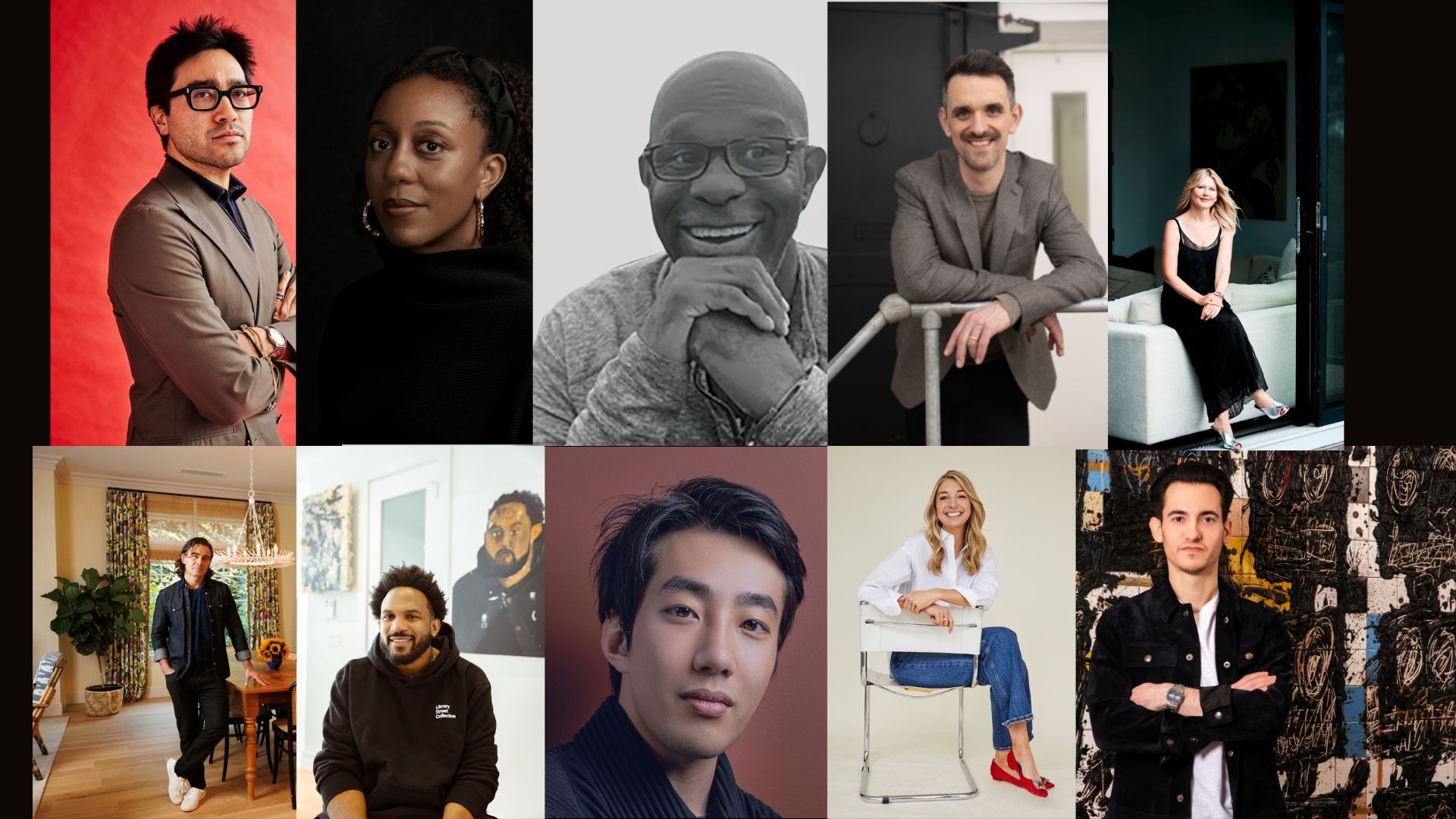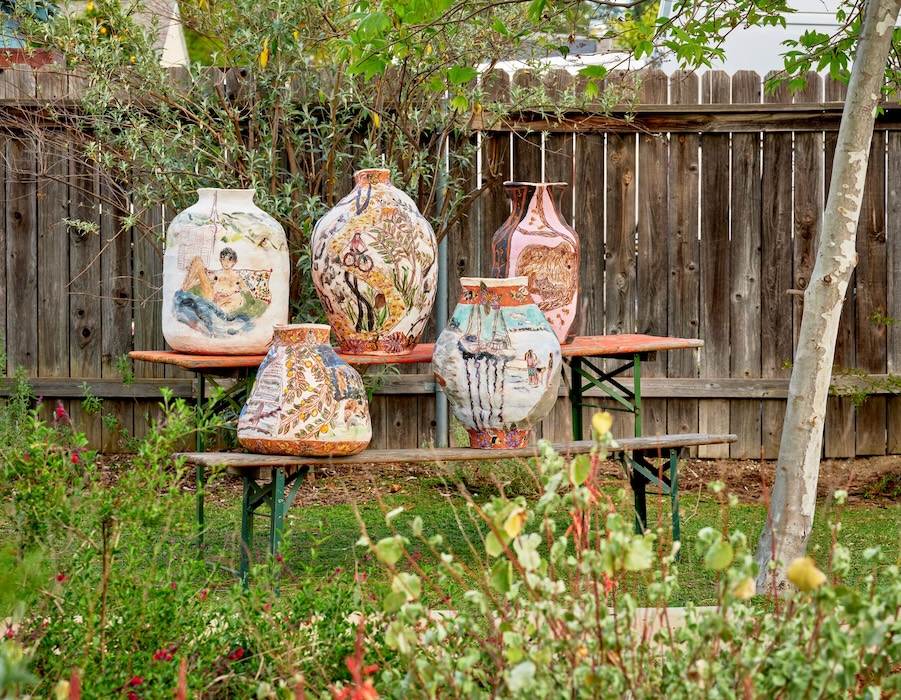Last week, Patek Philippe’s “The Art of Watches Grand Exhibition” opened in New York, on view through July 23 at Cipriani 42nd Street. The large-scale public exhibition takes place over a specially built two-story structure showcasing the history of watchmaking, highlights from Patek Philippe’s own 178-year heritage, the craftsmanship behind haute horlogerie, and the brand’s latest innovations and collections.
Two years in the making, “The Art of Watches” features ten rooms, offering the visitors a chance to see some of the earliest wristwatches dating back to the 16th century and find themselves transported to the shores of Lake Geneva, immersed in the fine art of traditional techniques and amazed by the technological achievements of Patek Philippe’s complicated movements.
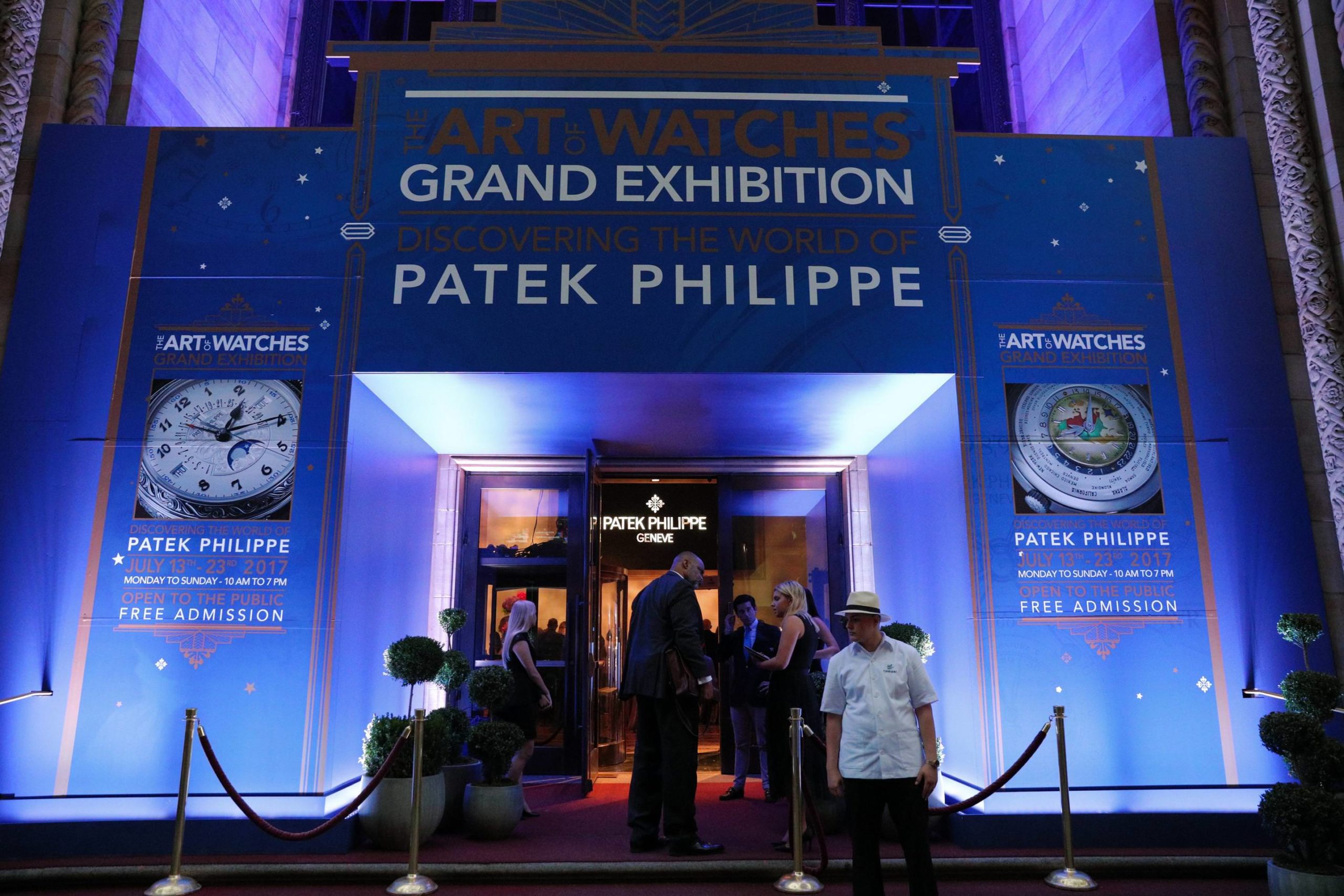 The outdoor entrace to “Patek Philippe: Art of Watches Grand Exhibition” in New York.
The outdoor entrace to “Patek Philippe: Art of Watches Grand Exhibition” in New York.
Special to the show’s New York iteration is the US Historic room, featuring significant pieces from US collectors like Henry Graves Jr., James Ward Packard, President John F. Kennedy (a desk clock on loan from the JFK Presidential Library and Museum), Joe DiMaggio, and Duke Ellington.
Another highlight is the Rare Handcrafts Gallery, featuring artisans demonstrating their skills in enameling, engraving, marquetry, and more, live. On the upper floor of the exhibition, don’t miss the Watchmaker’s Room, where visitors can interact and engage with Patek Philippe’s master watchmakers.
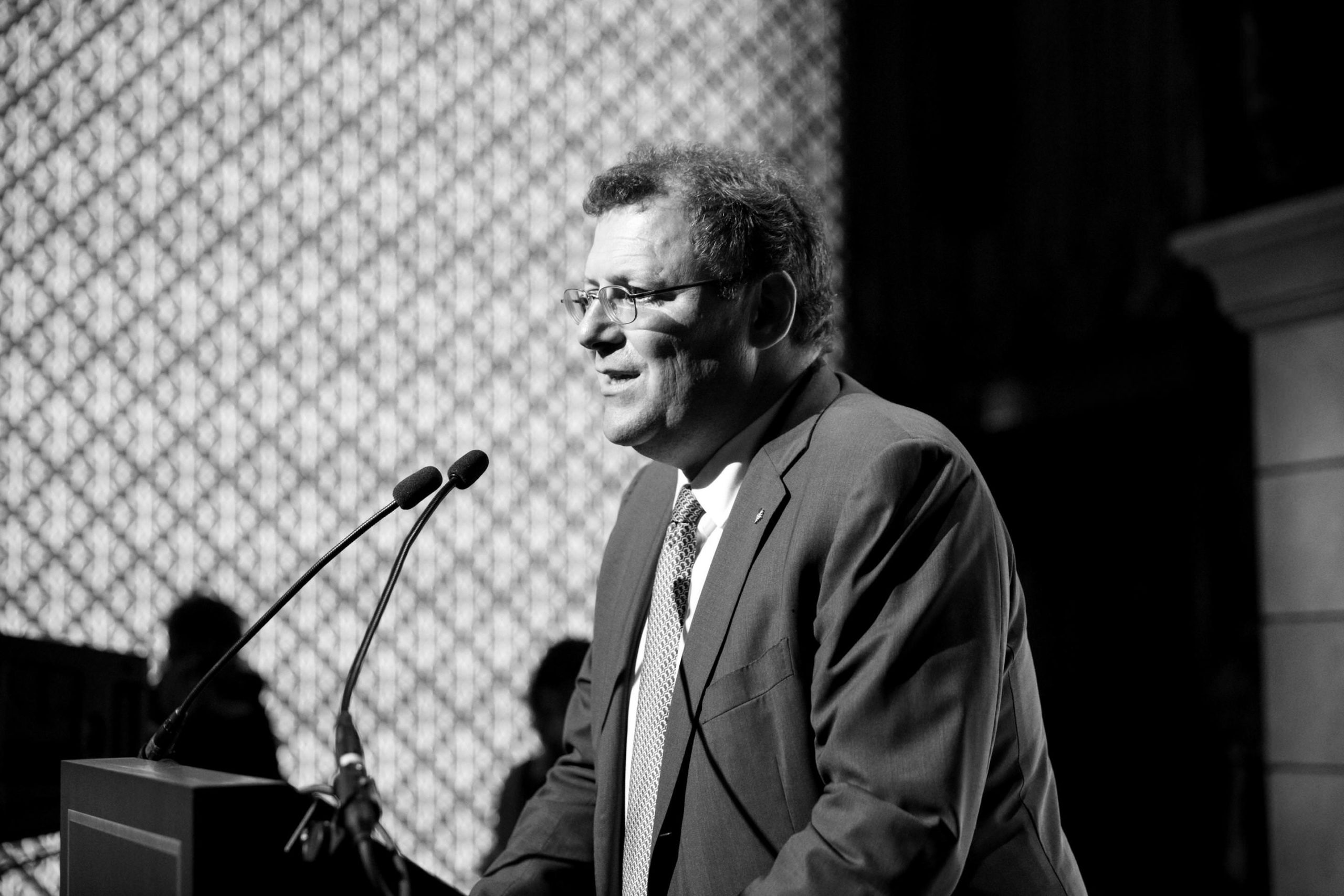 Thierry Stern marks the opening of Patek Philippe “Art of Watches Grand Exhibition” in New York.
Thierry Stern marks the opening of Patek Philippe “Art of Watches Grand Exhibition” in New York.
In advance of the opening, Patek Philippe’s Thierry Stern shared with Whitewall his excitement about providing a U.S. audience with a chance to fall in love with creativity, imagination, and the world of watches.
WHITEWALL: “The Art of Watches” has had previous iterations in Dubai, London, and Munich. What will be new for the U.S. edition?
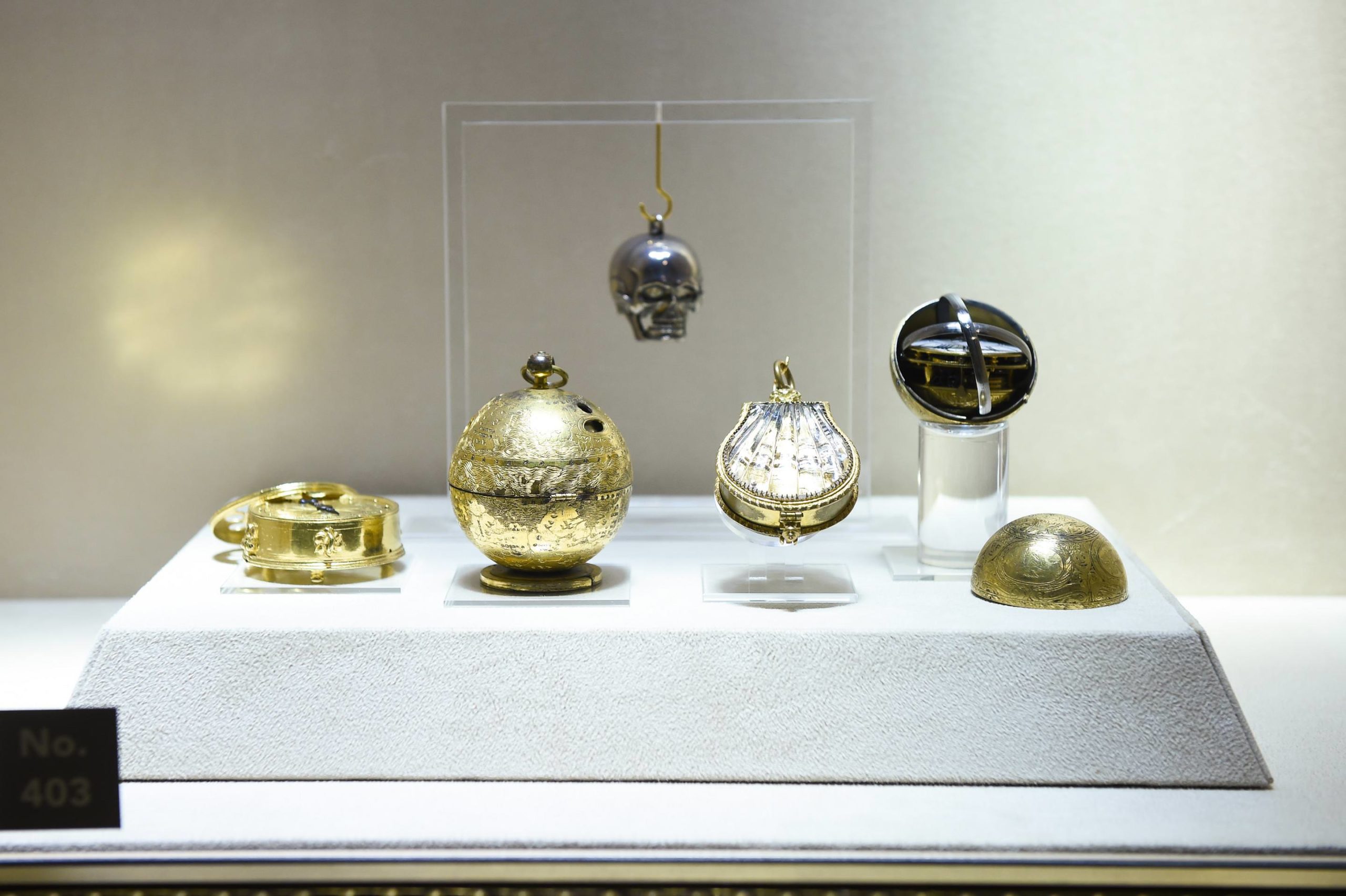 The Museum Room. Very much like the Museum in Geneva, this room is divided into two sections. In the first section the Antique Collection (1600’s-1900’s) presents some of the greatest historical timepieces spanning the last five centuries, including the earliest watches ever made. The second section highlights historical Patek Philippe timepieces dating back to our inception in 1839.
The Museum Room. Very much like the Museum in Geneva, this room is divided into two sections. In the first section the Antique Collection (1600’s-1900’s) presents some of the greatest historical timepieces spanning the last five centuries, including the earliest watches ever made. The second section highlights historical Patek Philippe timepieces dating back to our inception in 1839.
THIERRY STERN: Each time we bring pieces related to the country where we are. Luckily, we have a long relationship with the U.S. and we’ll have a lot of beautiful pieces. The idea is to bring not only the collection, but museum pieces. You will discover about over 100 pieces, some from our museum, some related to the States, and even some showing the beginning of watchmaking in the 1500s. It’s something quite unique.
The idea is really to mix the commercial side and the new products with the history of Patek Philippe. And in between, we show you how we make everything. So you’ll see watchmakers from Geneva working on things like restoration, rare handcrafts, enameling, engraving, diamond setting.
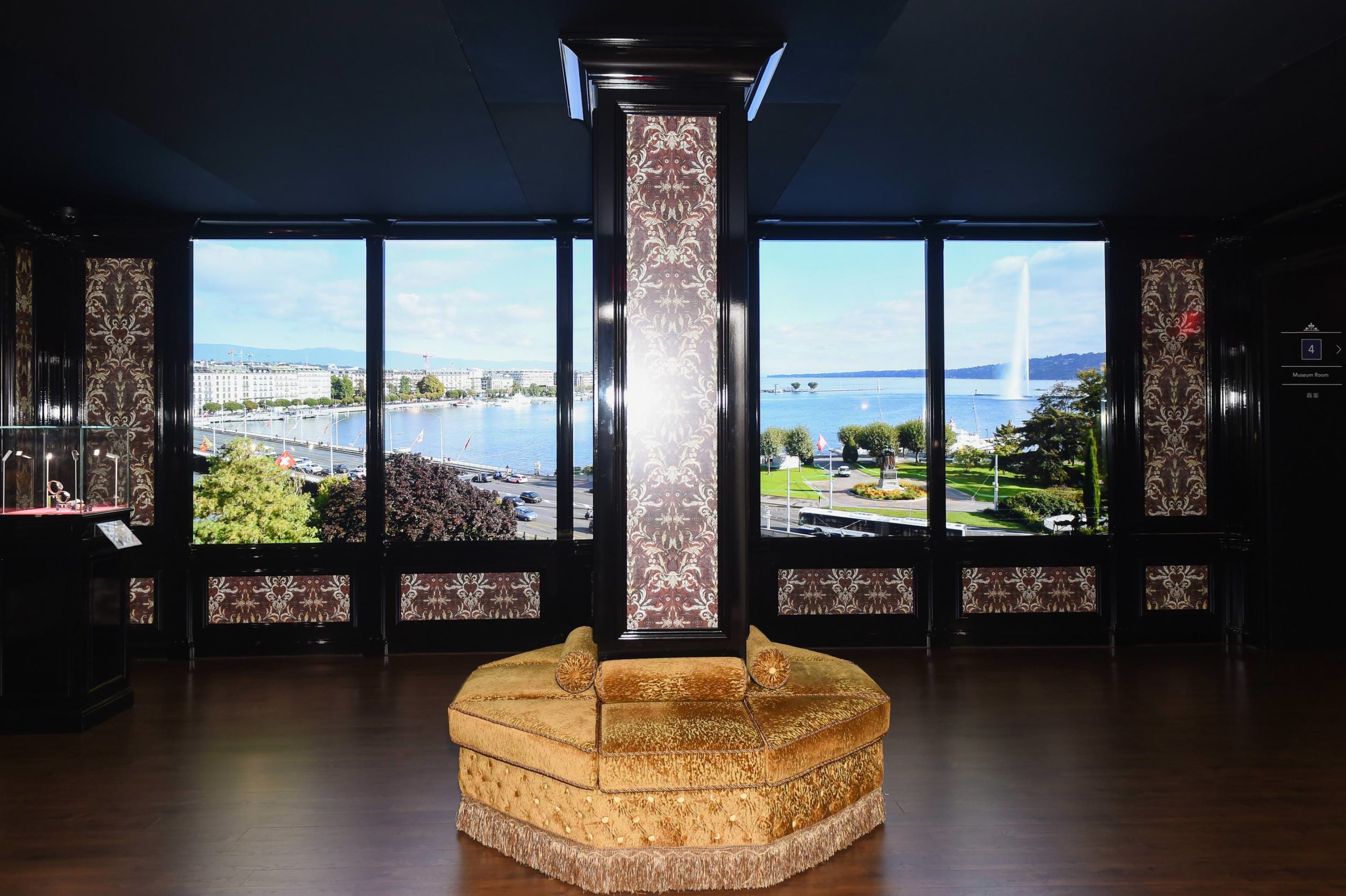 The Napoleon Room of Patek Philippe’s “Art of Watches Grand Exhibition” in New York.
The Napoleon Room of Patek Philippe’s “Art of Watches Grand Exhibition” in New York.
You’ll also be able to see the movements, which you normally don’t because they are inside the watches. So for passionate people like engineers, they will love that. And for people who don’t care about the technical side, they’ll be able to see the artistic side.
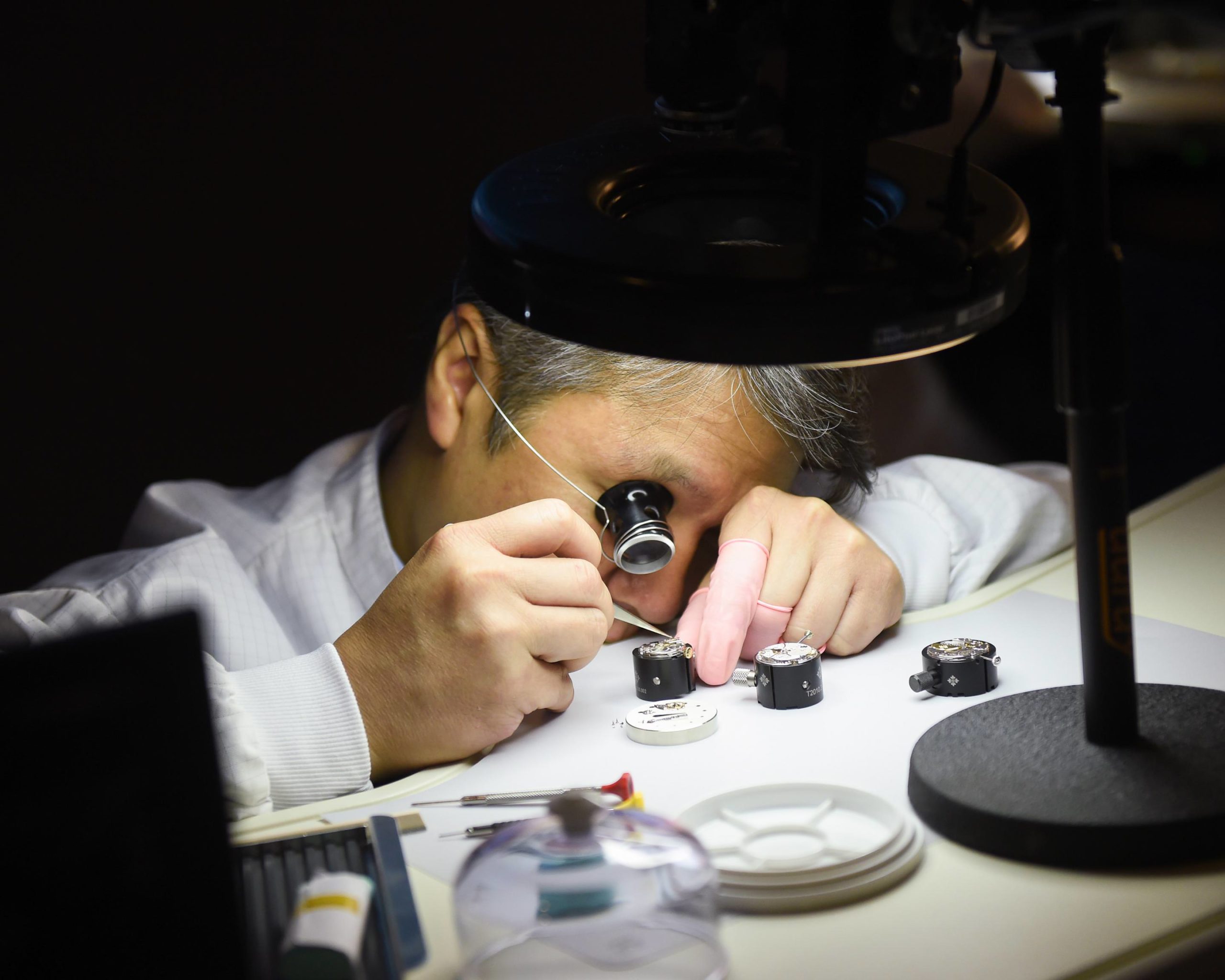 A watchmaker at the Patek Philippe’s “Art of Watches Grand Exhibition” in New York.
A watchmaker at the Patek Philippe’s “Art of Watches Grand Exhibition” in New York.
WW: You mentioned that Patek Philippe has a long history with the United States. Is it true that the founder of Patek Philippe came to New York as early as 1850?
TS: Yes, that was to open the market, to promote the brand. They were visionaries looking to expand, and that spirit is still there. The relationship was really important at the time.
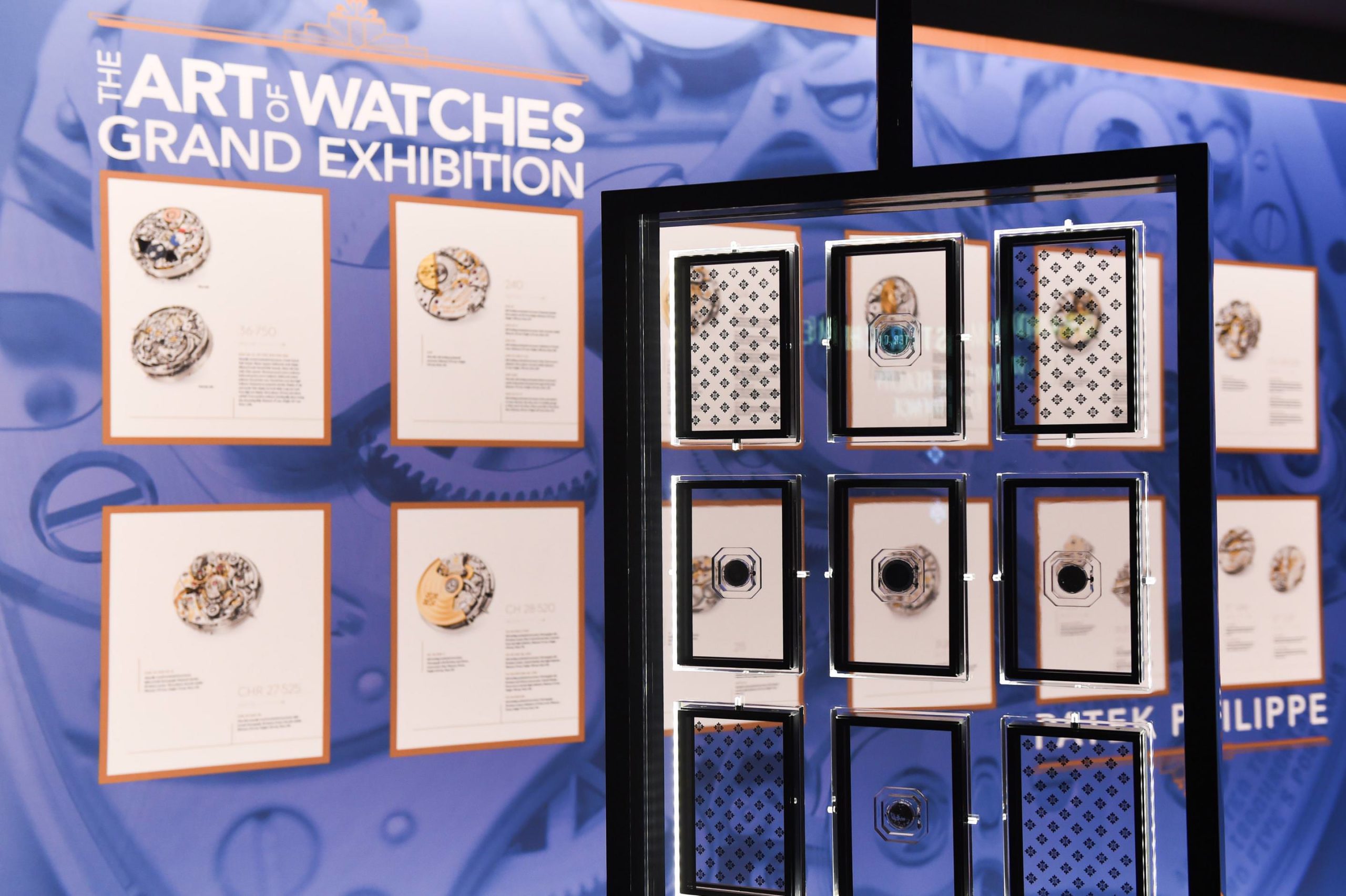 The Movement Room of Patek Philippe’s “Art of Watches Grand Exhibition” in New York.
The Movement Room of Patek Philippe’s “Art of Watches Grand Exhibition” in New York.
And my family came to the States to be trained. That’s our tradition. Me, my dad, my grandfather—we all came to the U.S. as part of an apprenticeship. I learned to visit retailers, distributors, and understand the business, not just by staying in Geneva and reading reports.
WW: In addition to pieces from the Patek Philippe Museum, as you mentioned, you’ll be showing some of the earliest wristwatches made. Why did you want to include those?
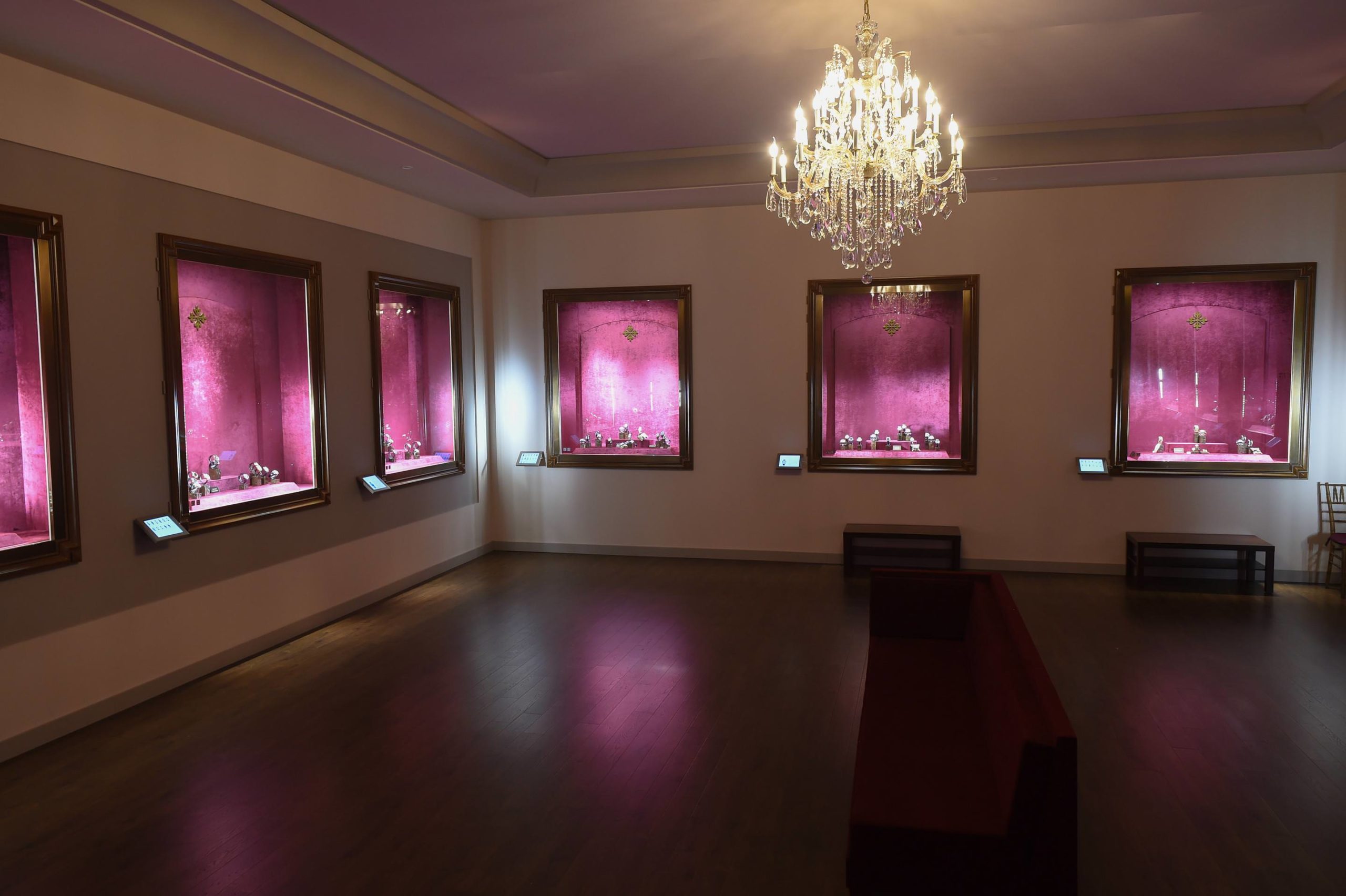 Patek Philippe’s “Art of Watches Grand Exhibition” in New York.
Patek Philippe’s “Art of Watches Grand Exhibition” in New York.
TS: Yes, they are some of the first wristwatches and the first pocket watches with complications. They were already beautiful at that time. You wonder how in 1500 they could do that. They didn’t have the tooling or technology we have today. I’m very impressed about not only the fact that they could do it, but also the idea to start.
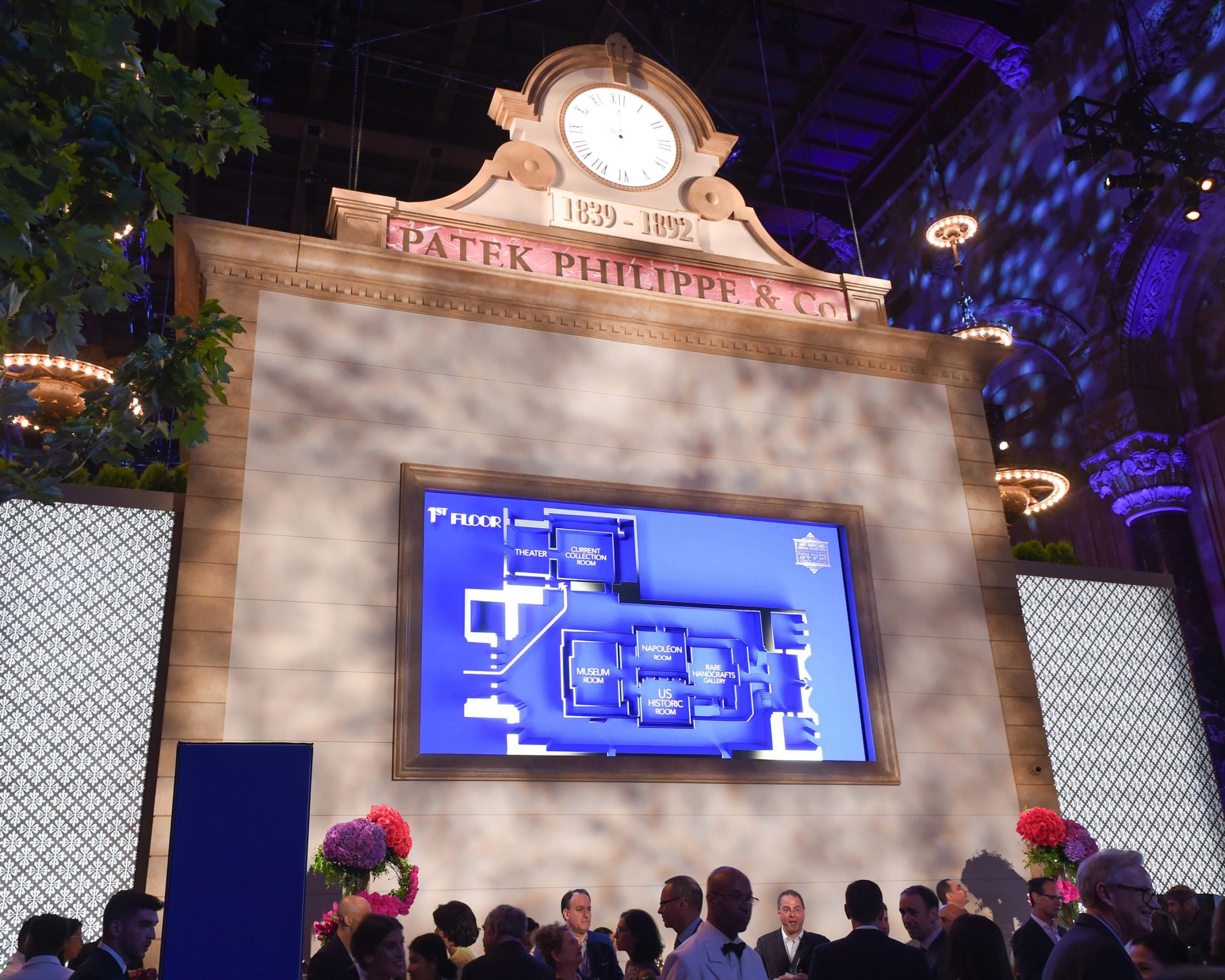 Patek Philippe’s “Art of Watches Grand Exhibition” in New York.
Patek Philippe’s “Art of Watches Grand Exhibition” in New York.
WW: Since the exhibition is open to the public and not just for watch collectors or aficionados, what do you want people to walk away from the show with?
TS: My idea is to promote watchmaking for everybody. I like the fact that most of the people who come may never buy a Patek Philippe but they will know about what watchmaking is, and that’s beautiful. When you see a family come with their kids, watching the craftsman making the dial, we enjoy that. It’s not so they will buy a Patek Philippe in 10 years, but to give them a dream. Maybe one day they will become a watchmaker or a great engineer because they came to the exhibition, saw a movement, and the kick just came in.
The idea was to promote the watches globally—not only Patek Philippe, but watches today. And that’s what we would like to show to the world. The beauty is that we are allowed to do that. The respect of the brand makes it possible. We are not just a commercial brand; we want to promote the whole industry, the spirit of watchmaking.








